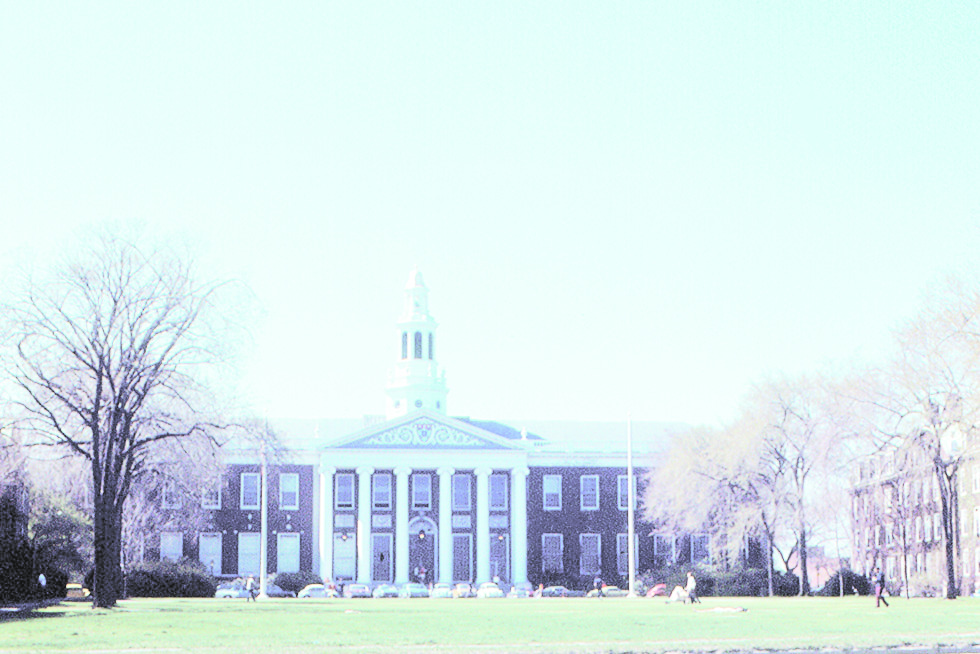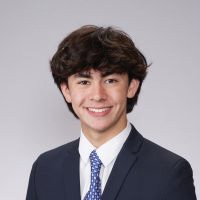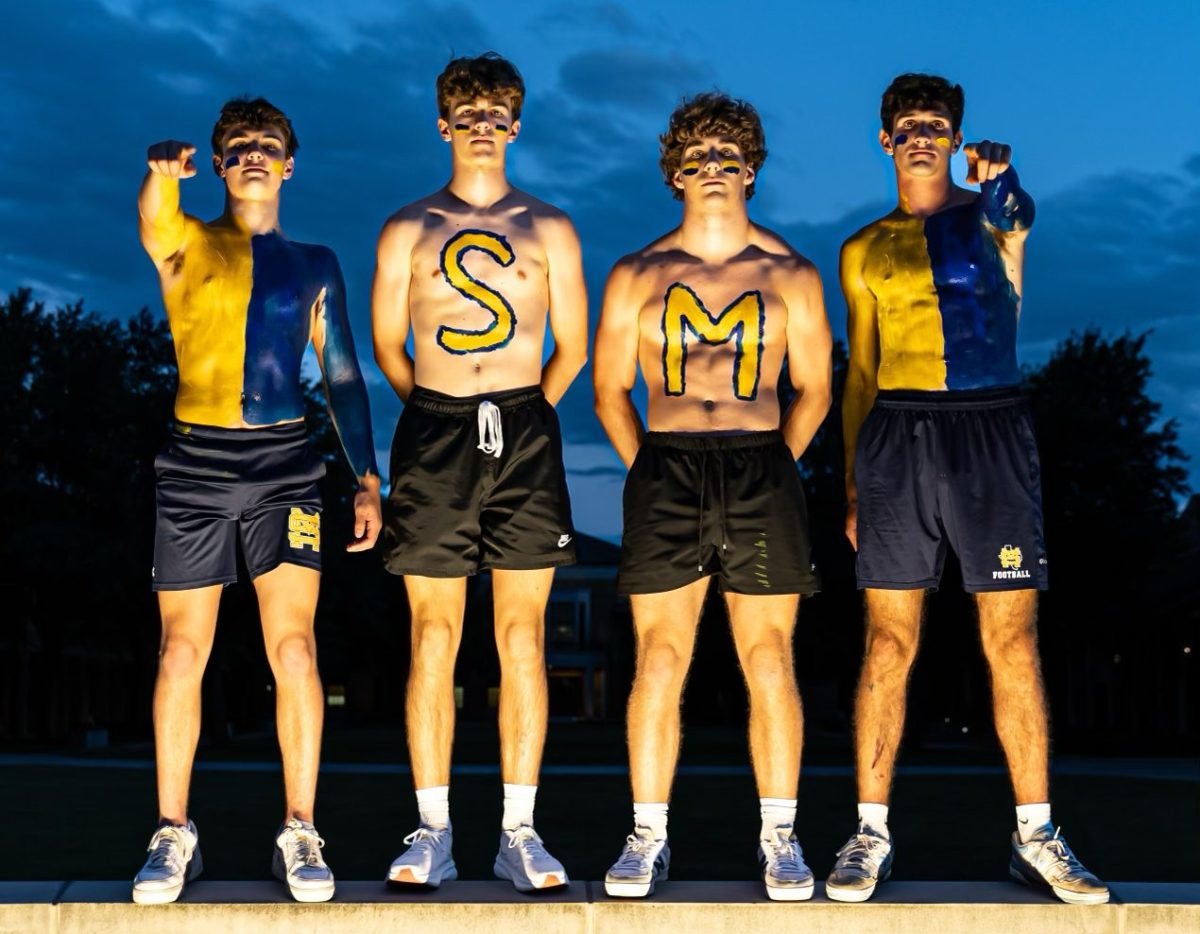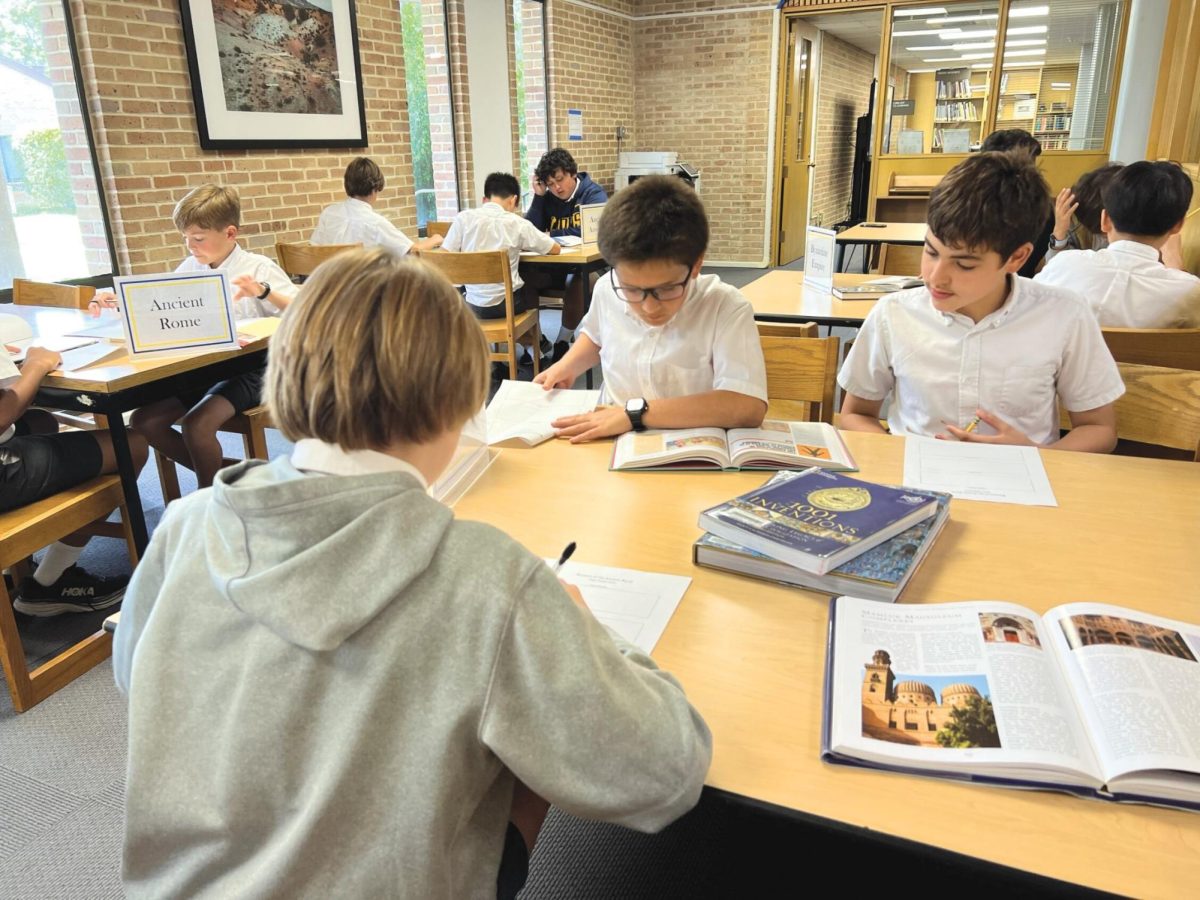Close your eyes and imagine a world where college tuition is affordable for everyone — few barriers to education, little anxiety about debt and large aspirations for the future. It’s a world where the only thing expanding is knowledge, not loan balances. It sounds great, right?
Now, wake up to reality.
Over the past 10 years, tuition and associated fees at public universities rose 25 percent, according to the College Board. Private schools have mostly done the same — but with higher stakes. At our nation’s premier private colleges, tuition and boarding fees can run upwards of $80,000 per year.
College is expensive; everyone knows. A decade ago, it was a huge investment for the future; today, it’s like buying a house. The soaring costs of education leave a shadow over the idyllic American dream.
As these numbers continue to climb, the pursuit of higher education becomes an increasingly burdensome financial decision for students and their families.
It is with this landscape that the Free Application for Federal Student Aid (FAFSA) was revamped. The redesign of FAFSA, a critical tool for financial aid, is timely. This revamp is not just a cosmetic uplift but a shift towards making the aid process more intuitive and accessible.
With streamlined questions and a more direct connection with IRS data, FAFSA now stands as a beacon in contrast to soaring costs for families.
The introduction of the Student Aid Index (SAI) in place of the Expected Family Contribution (EFC) and the expanded Pell Grant eligibility are notable strides towards inclusivity in education funding.
A Pell Grant is a federal financial aid program that provides need-based grants to eligible undergraduate students to help cover the costs of their education.
Approximately 610,000 additional low-income students are expected to benefit from Pell Grants, a move that undeniably aligns with our school’s ethos of educational accessibility.
The changes in FAFSA, however, underscore a broader need – the need for robust financial aid programs. At an affluent all-boys private school, it is our responsibility to promote financial inclusivity. In this regard, the school has made incredibly commendable strides.
Our school currently offers over 100 financial aid grants for scholarship, demonstrating a dedication to supporting families across various socioeconomic backgrounds.
According to self-reported data, the average financial aid awarded is around $15,000, a significant contribution towards easing the financial burden on families. This aid is need-based, ensuring that it reaches those who most require it.
A substantial portion of the school’s endowment — more than a third — is used for financial assistance. This assistance does not just cover tuition and books, but every aspect of what it means to be a Marksmen. The school has tried, from the Pecos wilderness trip to fine arts to student travel, to ensure that all students, regardless of their financial situation, have the opportunity to fully participate in its community.
Ultimately, a commitment to financial inclusivity is a commitment to excellence. By removing financial barriers to enrollment, the school opens itself to a broader range of talents and experiences and makes each student feel at home.
This effort to make education more accessible can also be seen in the relatively new approach to tuition payment. Recognizing the financial strain that a lump sum payment can place on families, the school has introduced flexible payment plans.
These plans allow for tuition to be paid in installments spread throughout the year, easing the financial burden, and making it more manageable for families. This flexibility is crucial in ensuring that financial constraints do not deter talented students from joining and thriving in our community.
In a time where the costs of education often skyrocket out of control, the school has taken laudable steps towards a more accessible future.
These efforts must continue, for they not only benefit our students but also serve as a model for other education institutions around Dallas. With current progress in mind, the school should aim to utilize its generous annual donations and endowment to further increase access to financial assistance in the future.
It is our duty as Marksmen to ensure that financial barriers do not hinder the potential of talented individuals, and by continuing these initiatives, we reaffirm our commitment to fostering an environment where all students can thrive, irrespective of background.

School expands financial aid, breaking barriers to education
As the price of higher education shoots higher and higher, the need for financial aid is growing. Fortunately, there are a few countermeasures that make aid easier to obtain.
February 2, 2024











